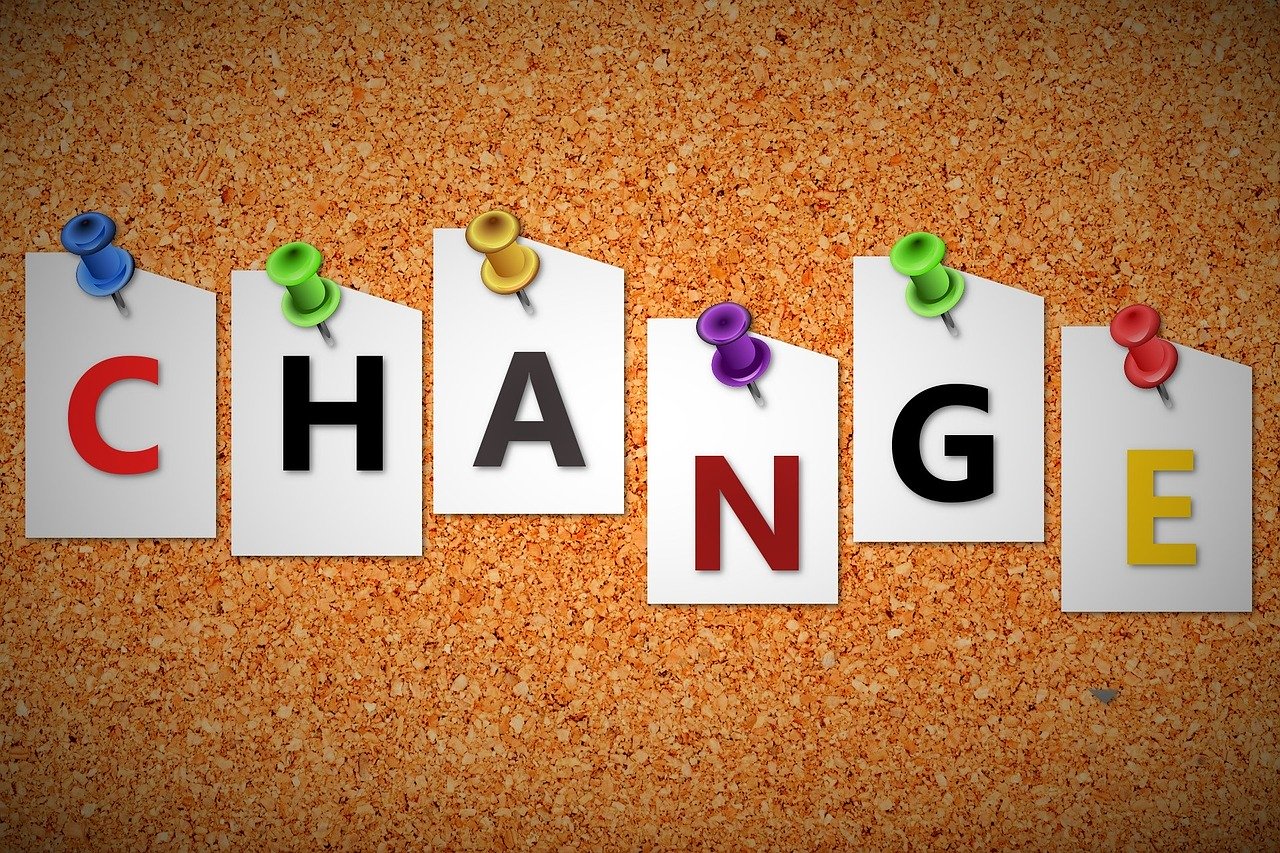Sign up for our daily digital marketing newsletter today, free.
Marketing has witnessed significant shifts from how COVID-19 is changing consumer behavior, with many changes possibly permanently altering our industry. In this article, I’ve summarized what I believe are the most impactful changes in consumer behavior marketers, if not businesses, need to consider as they evolve products, messaging and marketing efforts.
Focusing on fundamentals
As with any crisis, humans tend to move down Maslow’s Hierarchy of Needs towards the basics of food, security and safety. Unfortunately, coronavirus has stifled the higher tier need of belongingness. As a result, consumers are looking to technology to regain that lost sense of community and connectivity.
Brands that manufacture or distribute essential products, especially those relating to health and safety, are in a good position now and well beyond the pandemic. Luxury brands and other industries impacted by physical and economic limitations (beauty, travel and tourism primarily) should expect a long recovery, unfortunately. Travel will become more experiential, relying on augmented and virtual reality, now and in the future.
Living and working at home
The COVID-19 pandemic has forced the world indoors. Those living alone are challenged with loneliness while larger families cope with crowding. Consumers are cooking and eating more at home than ever before, which is good for grocery and delivery services, but has created long-term if not permanent harm to restaurants and bars.
Air travel has reduced 90%, which has decimated global tourism, yet drivable vacation destinations are seeing a rebound. Consumers also are working out more at home and doing more DIY home improvement projects. A more interesting, albeit possibly temporary trend, is “pod” living. Small groups of family and friends are hanging out together and influencing purchasing behavior.
Remote communications and virtual experiences
With many companies allowing if not encouraging remote work-at-home arrangements, employees and employers are having to adopt more robust remote work technologies and processes. Zoom has been a big winner in the world of videoconferencing, but other related technologies that facilitate communications, meetings and events also are in the pole position post-pandemic.
I believe livestreaming will become a new normal in the event world as conferences are forced to go completely virtual for the near future, yet events will retain some sort of hybrid component as a vaccine is distributed and the world returns to normal. As consumption of video and audio (including podcasts) increases, look for a long-term shift towards cord-cutting and adoption of distributed media channels including Hulu, YouTube, Disney+, Pandora, SoundCloud and others.
E-commerce and the digital migration
Living in Portland, I was front row as protestors faced federal troops downtown. Many businesses, including a long-time watch and jewelry retailer, had to close permanently due to looting and a general loss of foot traffic. Had that business been online with a full product catalog, or even an e-commerce website, I believe they would still be in business.
Many other businesses have been caught off-guard by the pandemic and have been forced to make the digital migration. However unfortunate the cause, the result will benefit these lagging businesses in the long-term. At Anvil, we’ve retooled our marketing service offering to address this very need, by providing affordable e-commerce websites, training and consulting for companies needing to migrate quickly and affordably into the digital age.
Low and no-touch product and service delivery
While much of our activity is digital, there is still a need for human-powered interactions in retail, such as the need for low and no-touch delivery of service. From QR code signage (ideal for menus), text messaging, curbside pickup and delivery, retailers are adapting service to meet the new standards and expectations around understanding consumer and employee health and safety.
Even with these changes retailers need to continue to find innovative ways to showcase products and services safely, leveraging augmented reality, virtual reality and via more robust websites that include ordering and/or e-commerce capabilities.
Marketers must remain flexible and attentive
So, what does this all mean for marketers? Advertising dollars are shifting away from outdoor and print to digital media, for starters. Only the highest traffic and most targeted publications will weather the pandemic storm. From a digital perspective, the channels with the greatest increase in consumption include mobile, social media and video, so modify your media mix appropriately.
In terms of messaging, consumers are asking for brands to focus on value, authenticity, social awareness. Brands that clearly communicate a sense of purpose, tap nostalgia and are proactive about social issues will generate greater loyalty and minimize the negative impact of the pandemic.
Regardless of your industry or level of digital savvy, the impacts on consumer behavior are changing and much of the change will be permanent. Ensure your products, services, messaging and marketing plans are tuned into those changes and remain dynamic moving forward.
Kent Lewis is president and founder of Anvil Media, a measurable marketing agency based in Portland, Ore. He’s also co-founder of SEMpdx and was named AMA Marketer of the Year. For more information, visit www.anvilmediainc.com.
